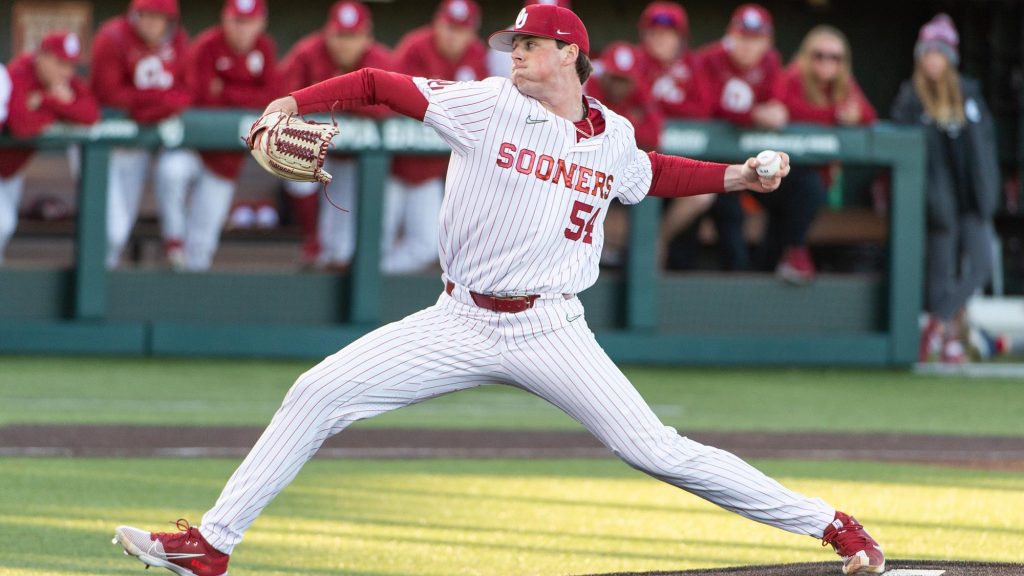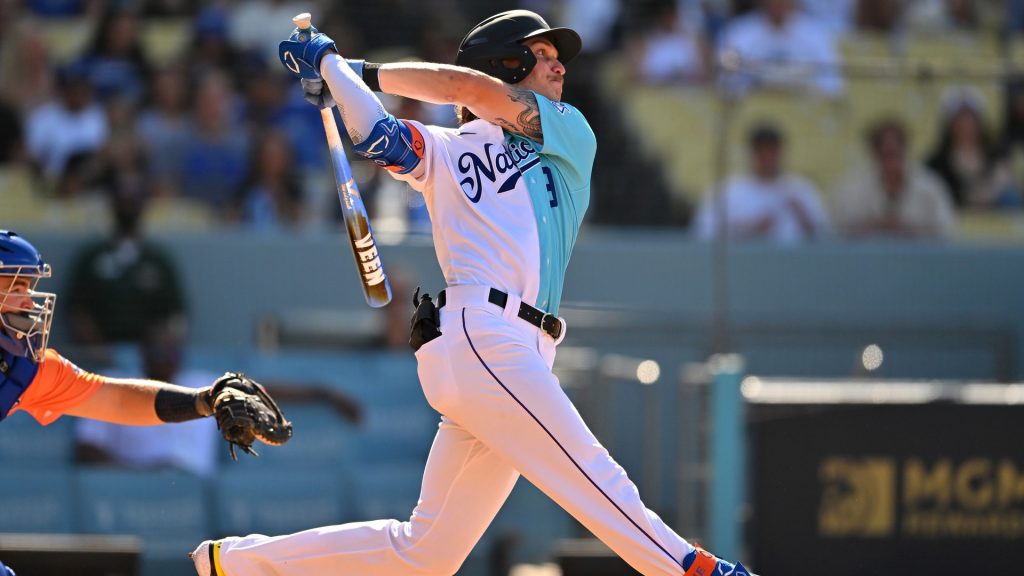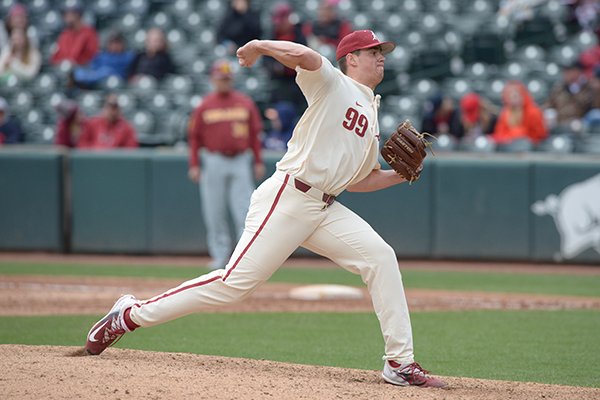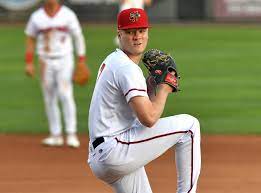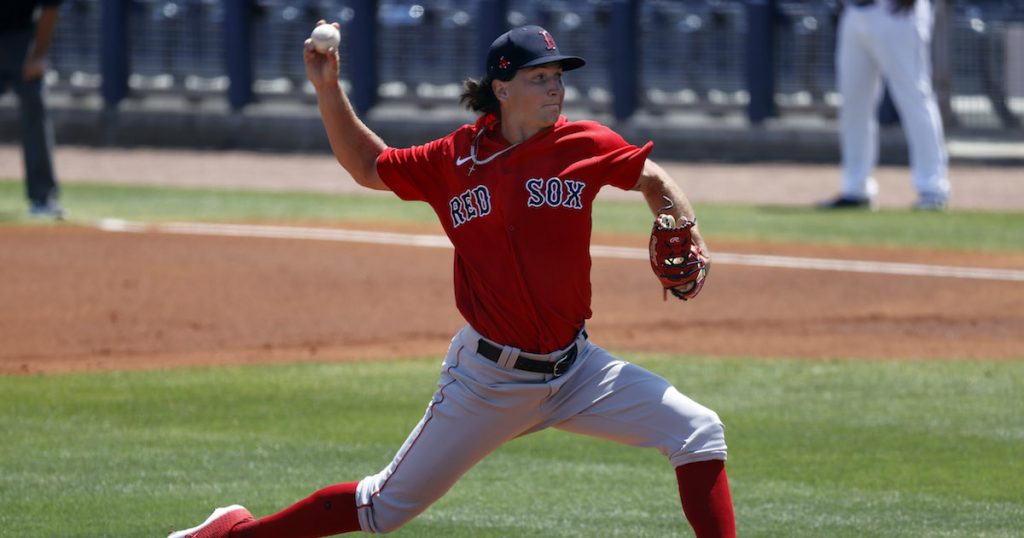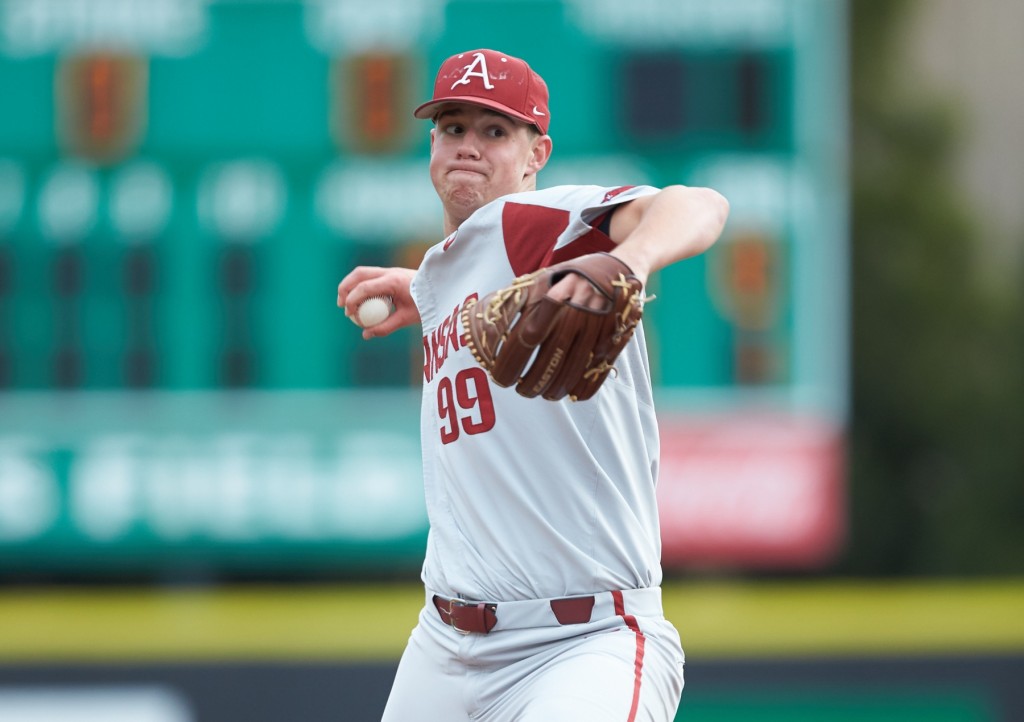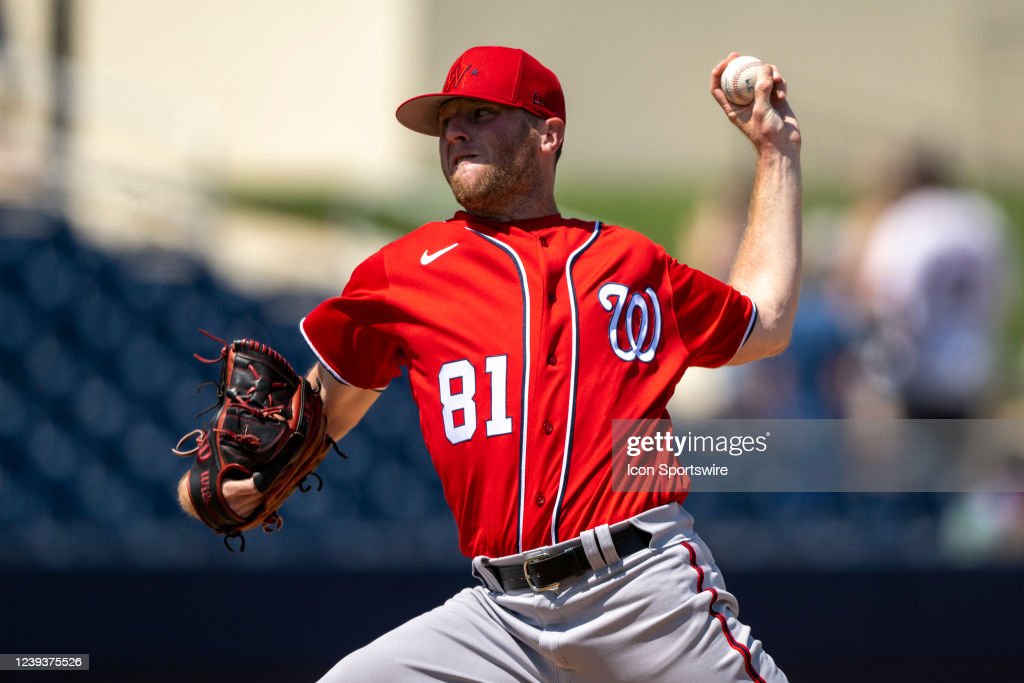
Here’s a complete history of my predicted Rule-5 additions (with links to each prediction piece), along with the Actual players the team protected (with links as well), to show my (lack of) predictive powers. It’s updated for 2025 and has narratives about each class and how the players turned out later on with updates for the last year of performance.
- 2025: Predicted: Bennett, Franklin. maybe on Cornelio, weak maybe on Wallace. Actual: Bennett, Franklin, Cornelio
- 2024: Predicted: Lara, Hassell, maybes on Alvarez, Cronin. Actual: Lara, Hassell
- 2023: Predicted: Parker, Lara, and Herz (maybe on Henry) Actual: Parker, Herz, Henry, and Brzycky.
- 2022: Predicted: Cronin, maybes on Alu, Millas, Rutledge, Ferrer. Actual: Cronin, Alu, De La Rosa, Rutledge, Ferrer, Irvin.
- 2021: Predicted Cate, Casey. Actual: Casey and Lee.
- 2020: Predicted Pineda, Adon. Actual Adon, Antuna.
- 2019: Predicted Braymer, Sharp. Actual: just Braymer. And…. Sharp got picked in the Rule-5 draft by Miami.
- 2018: Predicted: Bourque, Mills, Istler. Actual: just Bourque.
- 2017: Predicted: Gutierrez, Gushue, Ward, Baez. Actual: Gutierrez and Jefry Rodriguez.
- 2016: Predicted Voth, Bautista. Actual: Voth, Bautista, Marmolejos, Read and Skole.
- 2015: Predicted Kieboom, Bostick, Marmolejos-Diaz. Actual: Kieboom, Bostick, Lee
- 2014: Predicted Cole, Skole, Goodwin. Hedged on Grace, Martin and Difo. Actual: Cole, Goodwin, Difo, Grace.
- 2013: Predicted Solis as the only lock. Possibles mentioned in order Barrett, Taylor, Grace, Holland. Actual: Solis, Barrett, Taylor.
- 2012: Predicted Karns and McCoy, with Hood and Rosenbaum as maybes. Actual: Karns and Davis. I think we were all surprised by Davis’ inclusion, despite his good AA numbers that year.
- 2011: Predicted Norris as a lock, guessed strongly on Moore, Meyers and Komatsu. Actual: Norris, Moore, Solano, Perez. This was poor analysis on my part; I did not consider the IFAs newly eligible.
- 2010: Predicted Marrero, Meyers and Mandel. Actual: Marrero, Carr and Kimball.
- 2009: pre-dates my blog and thus no predictions, but Actual was Jaime, Thompson and Severino.
- 2008: I might be wrong, but I don’t see any evidence of the team protecting *anyone* prior to the Rule-5 draft. A bit of an indictment of the farm system at the time, I’d say 🙂
How many of the above players who were added to “save” them from the Rule-5 draft actually turned into impactful players for the Nationals? Lets work backwards:
- 2025: Bennett, Franklin, Cornelio: too early, we’ll revisit next November.
- 2024: Lara, Hassell. both made it to the majors in 2025; Hassell ended up sticking on the roster for a while as basically an extra outfielder covering for injury, but struggled at the plate. Lara got absolutely shelled in the majors, and didn’t do much better in AAA, and I’m not sure what the plan is for him going forward.
- 2023: Parker, Herz, Henry, and Brzycky. The fact that we got two MLB SPs the next year makes this the greatest Nats Rule5 draft ever, by a sizeable margin, even if neither Parker or Herz turned into awesome starters. A huge portion of these Rule-5 addition guys sit on the 40-man for 2-3 years, stalled out in the minors, but not this year. Parker got called up to cover for Grey and did spectacularly, giving the team 29 starts at a 94 ERA+ figure in 2024. He stepped back a bit in 2025, but may be a decent bullpen option going forward. Herz did something similar, coming up to cover for Williams and giving the team 19 starts with a 97 ERA+ figure, but blew out his elbow in ST 2025. Both were fantastic rule-5 additions and are solid candidates for the rotation for years to come. Henry converted to relief and looked for a while like a decent 7th/8th inning guy, but still has some room to grow. Meanwhile, Brzycky came back from injury and pitched his way up to AAA, but curiously his K/9 was way down and he wasn’t nearly as impactful as one thought; the team tried to sneak him off the 40-man in Nov 2025 and he got claimed.
- 2022: Cronin, Alu, De La Rosa, Rutledge, Ferrer, Irvin. Some good, some bad so far out of this crew. The Good: Irvin spent most of the last three years in the rotation, even if he struggled in 2025. Ferrer has turned into a critical bullpen arm, taking over the closer role after we traded away other candidates. The replacement level: Rutledge pitched great all year in 2023 to rocket up the system and even get some MLB cycles, but has tanked as a starter all year in 2024. Finally converted to relief, he stuck in teh MLB bullpen all of 2025 but had awful numbers. Alu looked ok as a bench guy in the MLB, but went back down and got outrighted back to AAA, where he went back to being “org guy” and ended up playing out the MLFA string. Cronin got DFA’d rather quickly, but had really solid 2024 stats. He may be a change-of-scenery guy. The bad: De La Rosa did little, was probably way too young to protect, and has got outrighted right back off the 40-man, where he played out the MLFA string.
- 2021: Casey and Lee: Casey was DFA’d mid 2022, outrighted, then demoted to AA for most of 2023 before hitting MLFA. He never once played in the majors for us. Lee got hurt in 2022, made a few starts in AA, got outrighted (ironically to make room for the 2022 Rule5 guys) then was converted to relief for 2023 where he struggled badly in 2023. He was a bad rule5 protection selection; someone who was “good” for a brief second and had crazy K/9 numbers but who couldn’t come close to sustaining it at the higher levels of the minors.
- 2020: Adon, Antuna: Adon toiled in the lower minors for most of 2021, made it to the majors for a spot start and looked solid. His performance since? Absolutely abhorrent: 1-12 with a 7.10 ERA in 2022 before mercifully being sent down. 2023 was not much better. His final option year in 2024? Another 7+ ERA year in AAA. Meanwhile, Antuna was a disaster, had to move off of SS and hit .230 in High-A with none of the power he’d need to present with his move to a corner OF position. The team seems to be clinging to the guy simply based on his massive signing bonus. Finally at the end of 2023 he hit MLFA; final career minor league totals: .224/.326/.675 and the only level where he even came close to an .800 was rookie ball.
- 2019: Braymer; got DFA’d mid-season 2021 and outrighted after struggling in both seasons. Never amounted to much after that.
- 2018: Bourque: got shelled in AAA in 2019, waived in 2020, then left the team as a MLFA.
- 2017: Gutierrez, Jefry Rodriguez. Gutierrez never really did anything for us and was traded to KC in the Kelvin Herrera deal. Rodriguez threw a bunch of mediocre starts and was flipped to Cleveland in the Yan Gomes deal; he’s now back with us as a MLFA for 2022.
- 2016: Voth, Bautista, Marmolejos, Read and Skole. A ton of guys; anyone impactful? Voth has competed for the 5th starter job for years but has a career 83 ERA+ and was waived; he then went on to Baltimore to succeed, a pretty black mark for this team’s usage of him (since Baltimore ins’t exactly known for being a pitching development team). Bautista never did much for us: 33 career MLB plate appearances. Read had a PED suspension and a handful of MLB games. Marmolejos was a 1B-only guy who showed some gap power in AA but never above it. Skole was inexplicably protected as an age 26 corner infield guy whose profile seemed to mirror dozens of veteran free agents readily available on the market; he hit .222 in 2017 and then hit MLFA.
- 2015: Kieboom, Bostick, Lee: This was Spencer Kieboom, the catcher, not his younger brother Carter. S.Kieboom was a AAA catcher who was worth protecting but he played just a handful of games in his MLB career. Chris Bostick didn’t last the full 2016 season before being DFA’d. Nick Lee lasted even less, getting DFA’d in July.
- 2014: Cole, Goodwin, Difo, Grace. All four players ended up playing in the majors for various lengths … but all four were role players for this team. AJ Cole was tried out as a 5th starter season after season, finally flipped to the Yankees when he ran out of options. Goodwin was another guy who couldn’t seem to break our outfield, but who has had spells of starting with some success elsewhere. Difo was our backup IF for years, and Matt Grace pitched in the Washington bullpen for years before getting outrighted and leaving via MLFA in 2019.
- 2013: Solis, Barrett, Taylor. Sammy was good until he wasn’t, and his time with the 2018 Nats was his last. Barrett remains with the team after multiple surgeries, but is a MLFA this off-season and may be forced into retirement after so many injuries. Michael A. Taylor is an interesting one; he had a 2.7 bWAR season for the Nats in 2017, nearly a 20/20 season when he finally got full time playing time in CF. He won a Gold Glove this year for Kansas City, one season after we DFA’d him because we all thought Victor Robles was a better option.
- 2012: Karns and Davis. Karns had one good year as a starter in the majors … for Tampa. Career bWAR: 3.0. Davis pitched a little for the team in 2013, then got hurt, then never made it back to the majors.
- 2011: Norris, Moore, Solano, Perez. This was a big year; Norris was a big part of the Gio Gonzalez trade and made the all star team in 2014 for Oakland, but didn’t play much afterwards. Tyler Moore was great in his first year as our backup 1B/bench bat type, but never replicated his 2012 season. Jhonathan Solano was always our 3rd catcher and saw sparing duty until he got cut loose. Eury Perez played in just a handful of games for us before getting DFA’d and claimed by the Yankees in Sept 2014.
- 2010: Marrero, Carr and Kimball. Marrero was a 1st rounder who “had” to get protected to protect the team’s investiment; he just never could get above AAA. Adam Carr and Cole Kimball were both relievers who looked promising after their 2010 minor league seasons but did relatively little afterwards: Cole never made the majors, while Kimball hurt his shoulder and never recovered.
- 2009: Jaime, Thompson and Severino. three pitchers, none of whom did much. Jaime was a 2004 IFA who has a grand total of 13 MLB innings. Thompson was waived a year after being protected. Severino got a cup of coffee in 2011 then hit MLFA.
- 2008: Nobody added. Not one eligible pick or signing from the 2004/2005 draft was considered worthy of protecting.
Conclusion: So, after more than a decade of rule-5 additions, who would you say is the most impactful player we’ve ever added? Candidates:
- Brian Goodwin: career bWAR for the Nats: 0.0 (across 3 seasons)
- Michael A. Taylor: career bWAR for the Nats: 3.5 across 7 seasons, with one 2.7 win season
- Sammy Solis: career bWAR for Nats: 0.2 across 4 seasons
- Jake Irvin: career bWAR: 3.0 for 2023 and 2024, gave some of that bWAR back in 2025.
- Mitchell Parker: bWAR of 0.7 for 2024 but -1.2 in 2025
- DJ Herz: bWAR of 0.7 for 2024, missed all of 2025 with TJ.
I’m tempted to say Irvin despite having slightly less bWAR than Taylor, if only because I expected Irvin to be a rotation guy for us for several more years. However, his 2025 performance gives me pause, so now I’m thinking Taylor is the answer.
